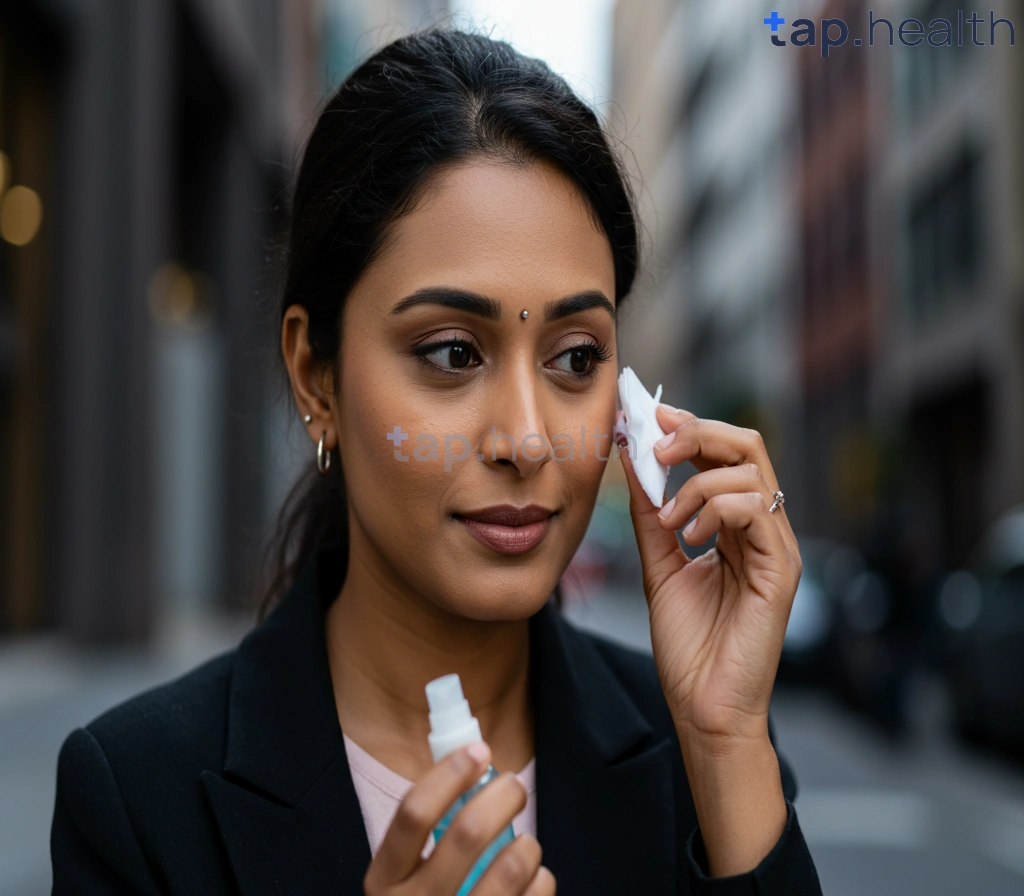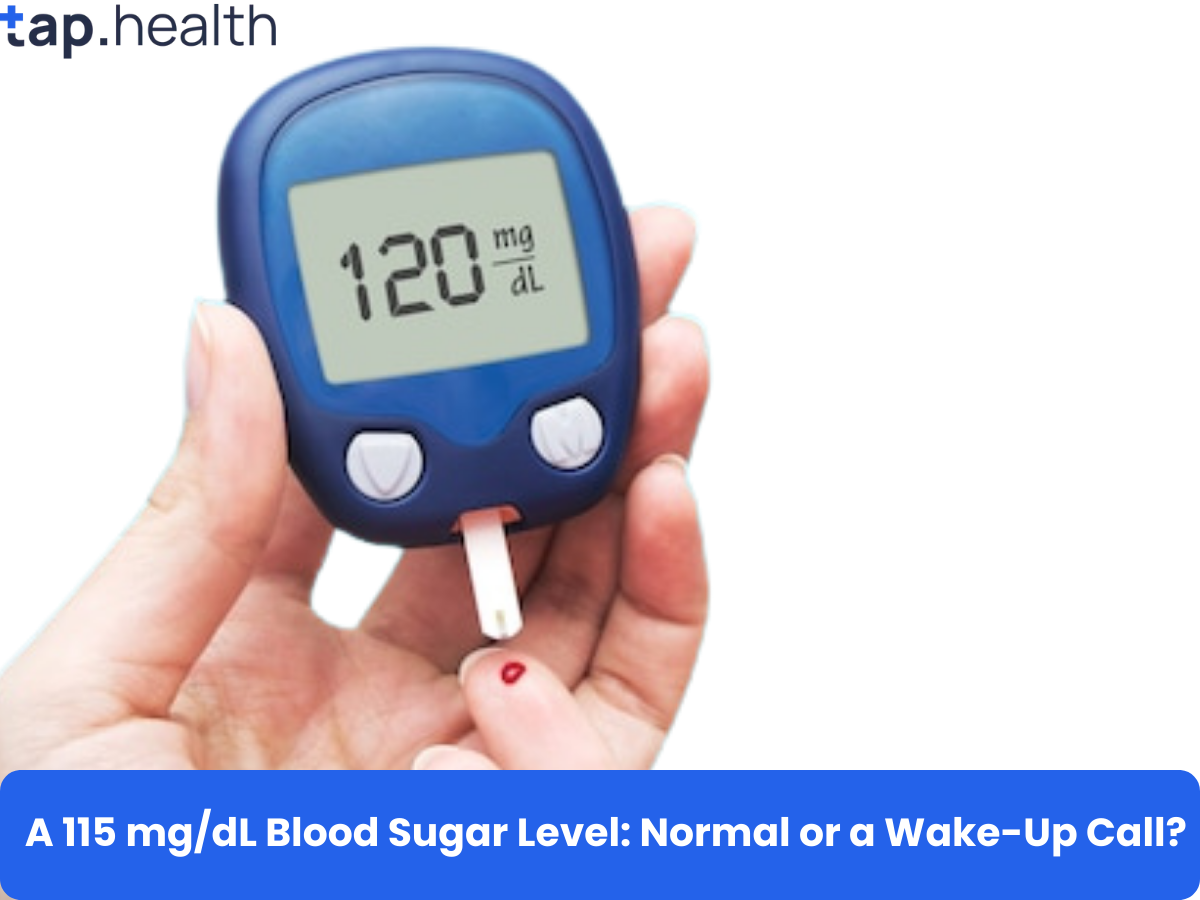Table of Contents
- Diabetes & Piercings: A Guide to Safe Body Modification
- Can Diabetics Get Piercings? Infection Risks & Prevention
- Minimizing Infection: Diabetes and Piercing Aftercare Tips
- Diabetes and Body Piercings: Is It Safe? Expert Advice
- Safe Piercing Practices for People with Diabetes
- Frequently Asked Questions
- References
Thinking about getting a piercing but have diabetes? It’s a common question, and understanding the potential risks is crucial. This blog post addresses the important topic of Diabetes and Piercings: Minimizing Infection Risk and Complications. We’ll explore how diabetes can affect your body’s healing process after a piercing and provide practical tips to significantly reduce the chances of infection and other problems. Learn how to enjoy body art safely, even with a pre-existing condition like diabetes. Let’s dive in and get you informed!
Diabetes & Piercings: A Guide to Safe Body Modification
Getting a piercing is a popular form of self-expression, especially among the 20-64 age group, a demographic that, according to the International Diabetes Federation Diabetes Atlas, represents 61% of people living with diabetes. However, individuals with diabetes need to take extra precautions due to their increased risk of infection. In hot and humid climates prevalent in many Indian and tropical countries, this risk is even higher. Proper hygiene and aftercare are paramount.
Minimizing Infection Risk
The impaired immune response common in diabetes can make healing slower and increase susceptibility to infections. Bacteria thrive in warm, humid environments, making tropical climates a particular concern. Choosing a reputable and hygienic piercing studio is crucial. Look for studios that meticulously sterilize equipment and follow strict hygiene protocols. Selecting a simple piercing in a less-sensitive area can also reduce risk. Avoid piercings during periods of high blood sugar.
Post-Piercing Care in Tropical Climates
Aftercare is just as important as the piercing itself. Diligent cleaning with saline solution is essential, especially in hot, humid conditions where sweat and bacteria can accumulate. Avoid touching the piercing unnecessarily and keep the area clean and dry. Monitor the piercing closely for any signs of infection, such as increased redness, swelling, pain, or pus. Seek immediate medical attention if you notice any signs of infection. Remember, proper care significantly reduces complications. The same principles of hygiene and aftercare apply to other forms of body modification, so if you’re considering a tattoo as a diabetic, be sure to follow similar precautions.
Seeking Professional Advice
Given the heightened infection risk, consulting with your doctor or a diabetes specialist before getting a piercing is highly recommended, particularly for those in tropical regions. They can provide personalized advice based on your individual health condition and the climate you live in. Prioritizing safety ensures you can enjoy your body modification while managing your diabetes effectively. For those looking to manage their overall health alongside body modifications, gaining weight safely with diabetes is also an important consideration.
Can Diabetics Get Piercings? Infection Risks & Prevention
Diabetes significantly impacts the body’s ability to fight infection, making individuals more susceptible to complications from seemingly minor injuries, including piercings. This is particularly relevant in hot and humid climates prevalent in many Indian and tropical countries, where infections can spread more rapidly. Nearly 15% of diabetics experience foot ulcers in their lifetime, highlighting the increased risk of serious complications, even amputation, from compromised wound healing. Therefore, the decision to get a piercing requires careful consideration and proactive measures.
Understanding the Increased Risk
For diabetics, even a small break in the skin, like a piercing wound, poses a higher risk of infection. Poor blood circulation, a common complication of diabetes, can further slow down the healing process, making it easier for bacteria to thrive. In tropical climates, the warm and humid environment creates ideal conditions for bacterial growth, exacerbating the risk. This is especially true for piercings in areas with frequent exposure to sweat and moisture, such as the feet, ears, and navel. Because infection is a serious concern, understanding how diabetes affects the body’s response is crucial. If an infection does occur, you might wonder Can Diabetics Take Antibiotics?
Minimizing Infection Risks
Choosing a reputable and hygienic piercing studio is crucial. Ensure the piercer uses sterile equipment and practices proper hygiene. Following aftercare instructions diligently is paramount. This includes gentle cleaning with saline solution several times a day, avoiding touching the piercing unnecessarily, and refraining from harsh soaps or chemicals that could irritate the wound. Diabetics should monitor the piercing site closely for any signs of infection, such as redness, swelling, increased pain, or pus, and seek immediate medical attention if any concerns arise. Regular blood sugar monitoring is also essential to maintain optimal levels and promote efficient wound healing.
Protecting Your Health
Prioritizing your health is key. Before getting a piercing, consult your doctor or diabetes specialist. They can assess your individual risk and advise on the safest approach. Remember, responsible decision-making regarding piercings is crucial for preventing complications and maintaining overall well-being, especially in regions with warmer climates where infections thrive. It’s also important to be aware of other health considerations; for instance, you might be curious about whether diabetes is transmitted in certain ways. You might ask, Is Diabetes Contagious Sexually?
Minimizing Infection: Diabetes and Piercing Aftercare Tips
Understanding the Increased Risk
Individuals with diabetes, particularly those in hot and humid climates prevalent in Indian and tropical countries, face a heightened risk of infection from piercings. This is because high blood sugar levels can impair immune function, slowing wound healing and making individuals more susceptible to bacterial and fungal growth. Consider this: smokers with diabetes face a doubly increased mortality risk due to cardiovascular complications, highlighting the importance of proactive health management. Proper piercing aftercare is crucial for preventing complications.
Essential Aftercare Practices
Maintaining impeccable hygiene is paramount. Wash your hands thoroughly before touching the piercing. Use a gentle, antibacterial soap and warm water to clean the area twice daily, ensuring you avoid harsh scrubbing that could irritate the skin. In hot and humid climates, this is especially important to prevent the growth of bacteria and fungi that thrive in these conditions. Avoid touching the piercing unnecessarily, and always keep the area clean and dry.
Seeking Professional Guidance
Regularly inspect the piercing for signs of infection such as redness, swelling, increased pain, or pus. If you notice any of these, consult a doctor or a qualified piercer immediately. Early intervention is key to preventing serious complications. Remember, managing diabetes effectively through proper diet, exercise, and medication is also vital in reducing infection risk. Prioritize your health and seek professional guidance for both your diabetes management and piercing care. For more information on managing diabetes effectively, check out our guide on How to Prevent Long-Term Complications of Diabetes: Easy Tips.
Regional Considerations
In India and tropical countries, the prevalence of certain bacteria and fungi might necessitate additional precautions. Consult a local healthcare professional for advice on appropriate antiseptic solutions and aftercare practices specific to your region. They can offer tailored guidance based on the local environment and common pathogens. Protecting your health requires careful attention and proactive steps. If you’re planning to travel to a tropical climate, be sure to read our tips on Traveling with Diabetes: Essential Tips for a Safe & Healthy Journey to ensure your diabetes management is accounted for.
Diabetes and Body Piercings: Is It Safe? Expert Advice
Diabetes significantly impacts the body’s ability to heal, making infections a serious concern. For individuals in India and tropical countries, where warm, humid climates can further increase the risk of bacterial growth, this concern is amplified. Considering that women with diabetes already face a 40% higher risk of heart disease compared to men with diabetes, it’s crucial to prioritize health and minimize additional complications. Therefore, the question of whether body piercings are safe for those with diabetes demands careful consideration.
Minimizing Infection Risks
Getting a piercing while managing diabetes isn’t impossible, but it requires extra caution. The key is minimizing the risk of infection. This includes choosing a reputable and hygienic piercing studio that adheres to strict sterilization procedures. In India and other tropical regions, where infections are more prevalent, this is especially critical. Ensure the piercer uses sterile needles and equipment and practices proper aftercare techniques. Avoid piercings in areas prone to sweating and friction, such as the groin or feet.
Post-Piercing Care for Diabetics
Post-piercing care is paramount. Thorough and frequent cleaning with a saline solution is essential. Avoid touching the piercing unnecessarily, and ensure that clothing doesn’t rub against the area. Monitor the piercing closely for any signs of infection, such as increased redness, swelling, pain, or pus. If you notice any of these symptoms, consult a doctor immediately. This is especially important for individuals with diabetes, as infections can escalate quickly and become more difficult to manage. Understanding how diabetes affects the body’s ability to fight infection is crucial. For more information on related health concerns, read our article on Can a Diabetic Person Donate Blood: Guidelines & Facts.
Seeking Professional Advice
Before getting a piercing, it’s advisable to consult with your doctor or diabetes specialist. They can assess your individual health status and advise on the risks and precautions involved. In countries with varied healthcare access, proactively seeking medical guidance can significantly improve your chances of a safe and complication-free piercing experience. Remember, prioritizing your health is always the best approach. It’s also important to dispel any myths surrounding diabetes. For instance, you might be interested in learning more about the transmission of diabetes by reading our article: Can Diabetes Be Transmitted Sexually? Myths vs. Facts Explained – Tap Health.
Safe Piercing Practices for People with Diabetes
Body piercings can be a fun way to express yourself—but if you have diabetes, they come with extra risks. Diabetes slows down wound healing and increases the chance of infection. In fact, 6.7 million deaths worldwide were linked to diabetes in 2021—one every five seconds. That’s why it’s important to take special precautions, especially in India and tropical countries, where heat and humidity make infections more likely.
Choosing a Safe Piercer
Your safety begins with selecting the right professional:
-
Go to a licensed, experienced piercer—don’t compromise on quality.
-
Check hygiene standards: Needles should be sterilized, and single-use whenever possible.
-
Ask about sterilization: Autoclaving (steam sterilization) is the gold standard.
-
Avoid unlicensed or street piercers: They’re often found in tropical regions and carry a higher risk of infections.
💡 Tip: Never be shy about asking questions. A reputable piercer will gladly explain their safety practices.
Aftercare for People with Diabetes
Healing takes longer if you have diabetes, so aftercare is crucial:
-
Clean gently with saline solution 2–3 times daily. Avoid alcohol or hydrogen peroxide, which can delay healing.
-
Watch for infection signs: Redness, swelling, pain, pus, or warmth at the site. Seek medical attention immediately if these appear.
-
Keep blood sugar under control: High glucose slows healing and makes infections worse.
-
Schedule regular check-ups: Let your doctor know about the piercing and report any concerns early.
👉 Poor management can affect healing. Learn more in our guide: 5 Common Mistakes People Make in Managing Diabetes.
Special Care in Hot and Humid Climates
Living in India or tropical countries adds extra challenges:
-
Keep the area dry: Sweat can irritate piercings and attract bacteria.
-
Wear loose, breathable clothing: Prevents friction and allows air circulation.
-
Consider piercing location carefully: Areas less exposed to sweat and friction may heal better.
-
Be mindful of fungal risk: Warm, damp conditions can cause fungal infections—clean consistently.
🌴 Pro tip: Healing in tropical heat can take longer—patience and consistent aftercare are your best tools.
Final Thoughts: Piercing with Confidence
Piercings aren’t off-limits if you have diabetes—but they do require extra planning and care. By choosing a reputable piercer, following strict aftercare, and managing your blood sugar, you can greatly reduce risks.
Your health comes first. Take precautions, stay vigilant, and enjoy your piercing safely.
Frequently Asked Questions on Diabetes & Piercings: Infection Risk
Q1. Is it safe for people with diabetes to get piercings?
People with diabetes can get piercings, but they’re at higher risk of infection due to slower wound healing and impaired immune response. It’s crucial to take extra precautions.
Q2. What steps can I take to minimize the risk of infection when getting a piercing if I have diabetes?
Choose a reputable studio with strict hygiene practices. Follow aftercare instructions diligently, cleaning with saline solution and watching for signs of infection (redness, swelling, pain, pus). See a doctor immediately if you suspect an infection.
Q3. Why are people with diabetes at increased risk of infection from piercings, especially in hot, humid climates?
High blood sugar levels can impair the immune system and slow down wound healing. Hot, humid climates create an environment where bacteria thrive, increasing the risk of infection.
Q4. What should I do before getting a piercing if I have diabetes?
Consult your doctor or a diabetes specialist, especially if you live in a tropical climate. They can assess your individual risk and provide advice on minimizing complications.
Q5. How can I further reduce my risk of complications?
Maintaining optimal blood sugar levels is vital for efficient wound healing and a stronger immune response. This helps to minimize the risk of infection and complications.
References
- A Practical Guide to Integrated Type 2 Diabetes Care: https://www.hse.ie/eng/services/list/2/primarycare/east-coast-diabetes-service/management-of-type-2-diabetes/diabetes-and-pregnancy/icgp-guide-to-integrated-type-2.pdf
- What is Diabetes: https://www.medschool.lsuhsc.edu/genetics/docs/DIABETES.pdf



